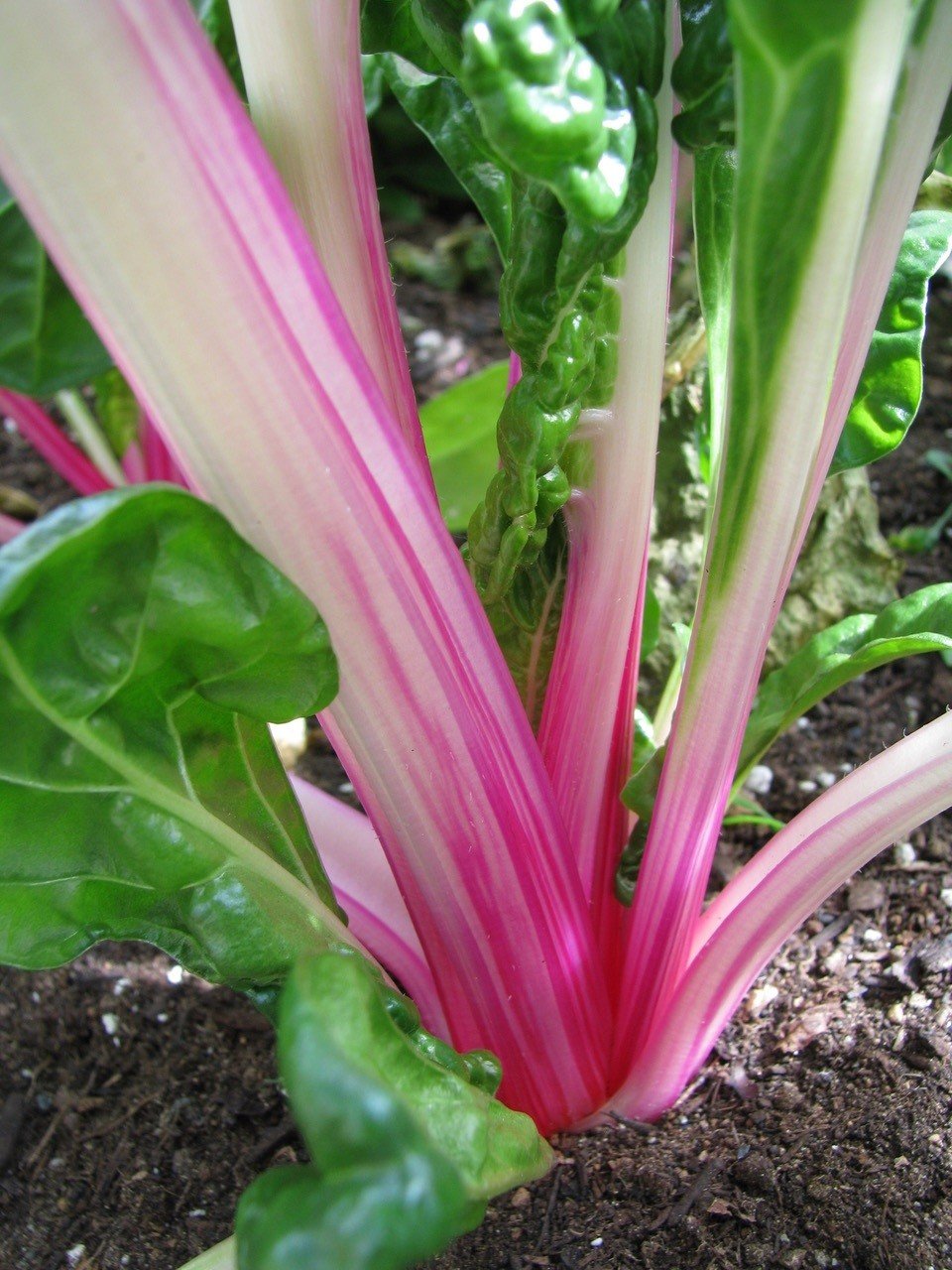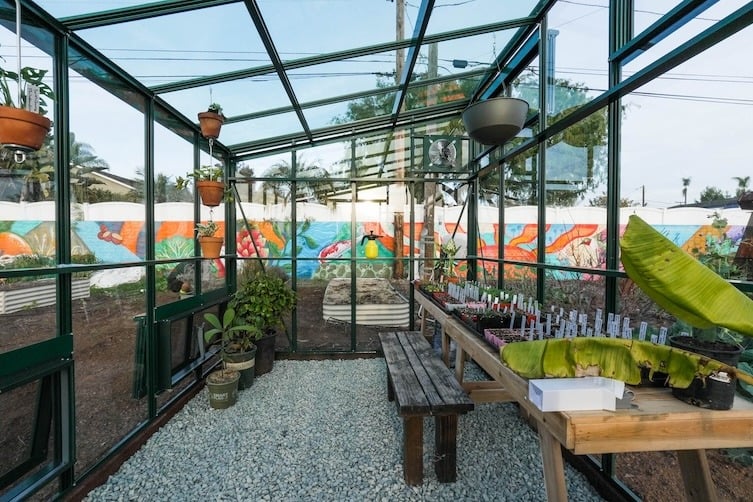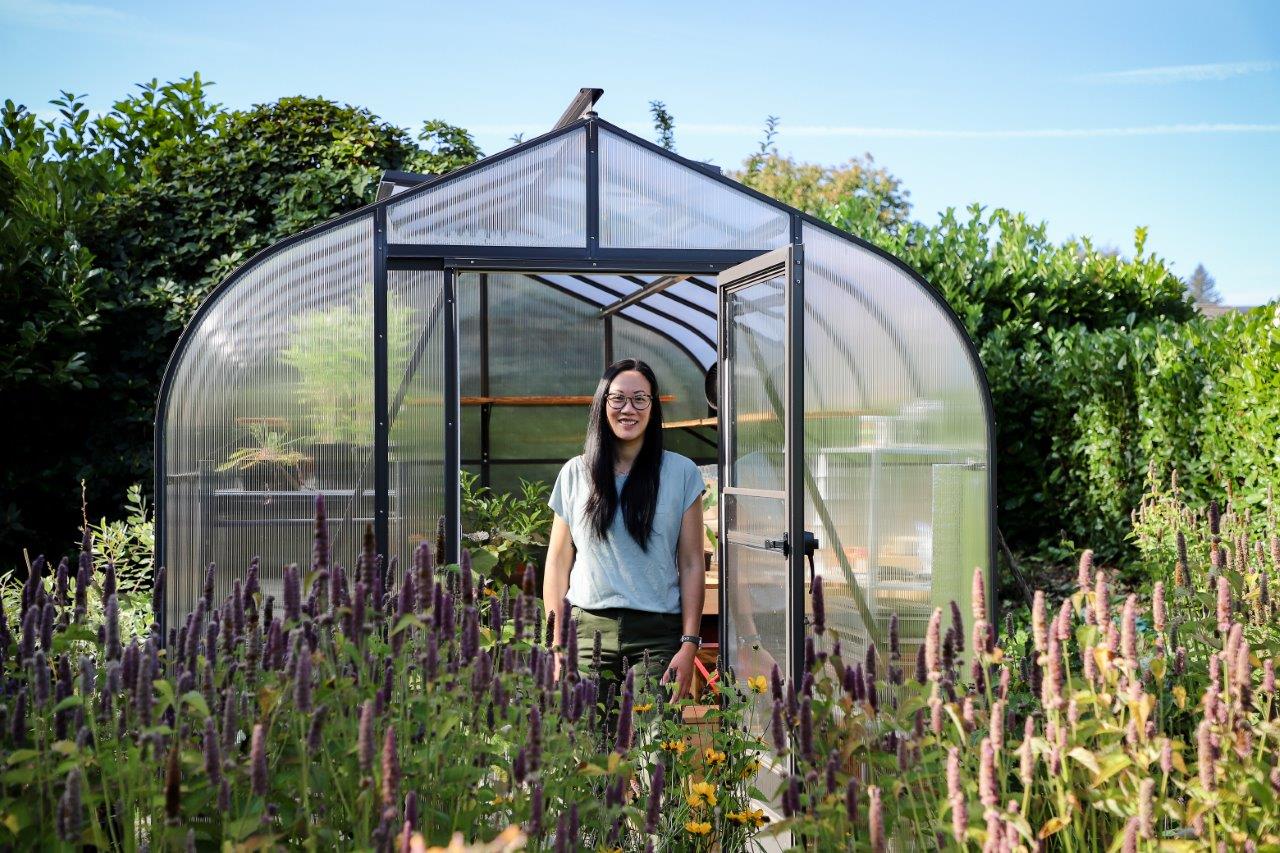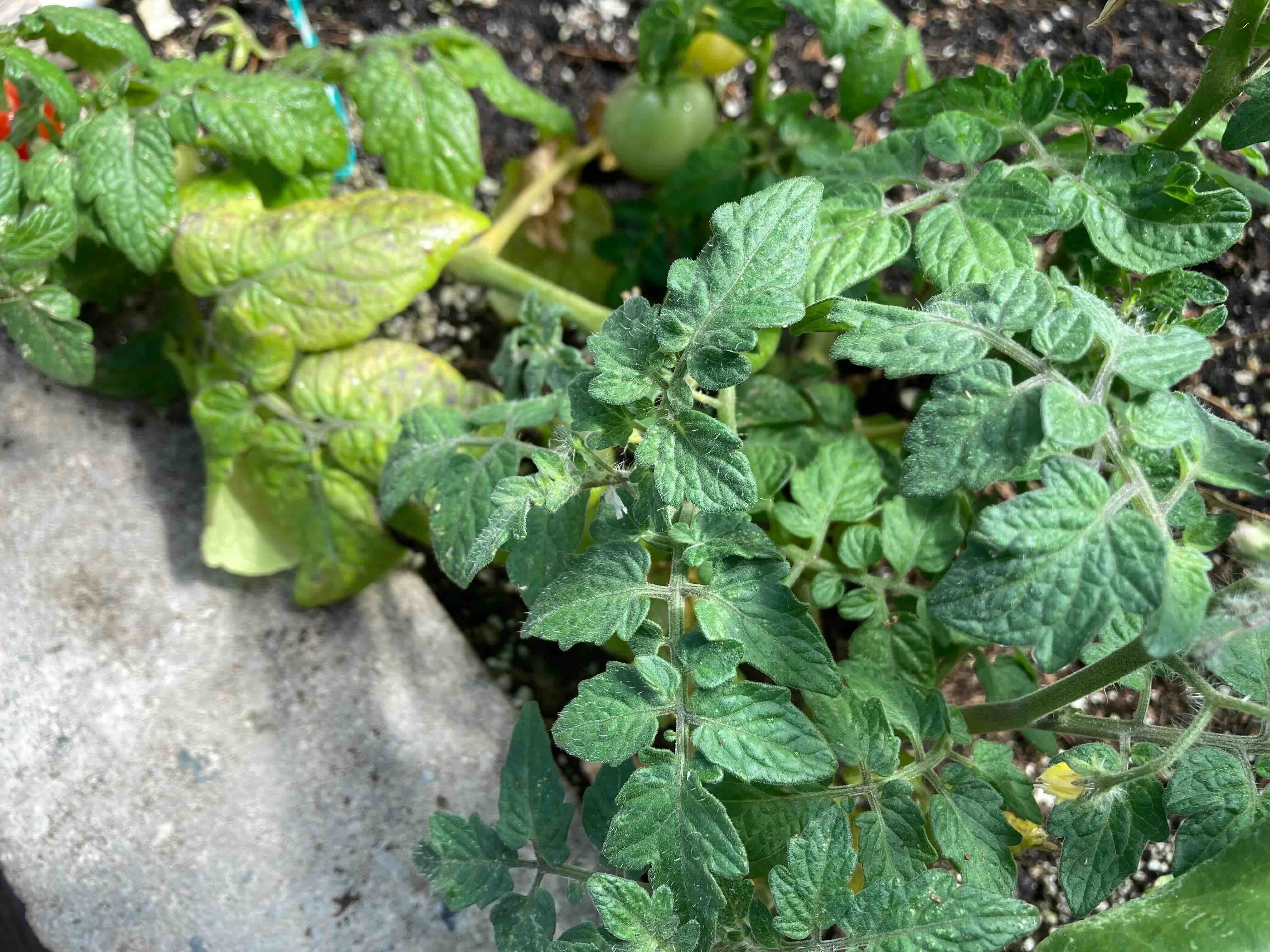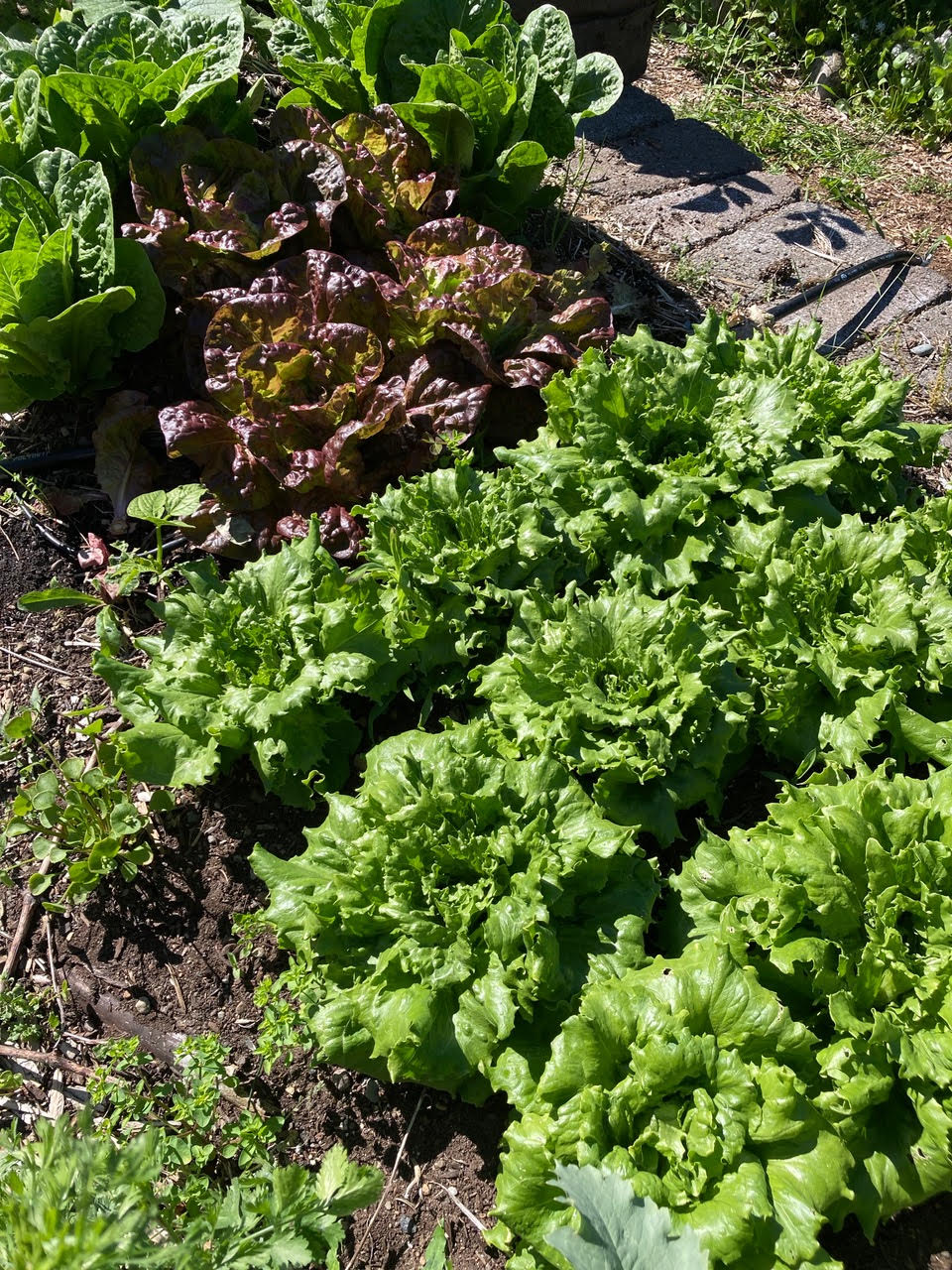How Do I Make My Greenhouse Garden Self-Sufficient? Grow More, Spend Less
Quick Answer:
Grow high-yield, low-maintenance crops like leafy greens, tomatoes, potatoes, garlic, herbs, and beans that can be started from scraps or seeds and harvested multiple times. These crops reduce grocery bills, require minimal inputs, offer long-term storage options, and thrive year-round in a greenhouse. By focusing on sustainable planting and efficient use of space, you can build a cost-saving, self-sufficient food system right at home.
Want to grow your own fresh food and slash your grocery bills? Greenhouse gardening makes it possible, especially when you choose easy-to-grow crops that thrive from seeds, scraps, or simple care. Discover these high-yield, low-cost crops that deliver big results without a big investment.



